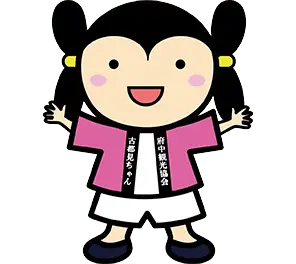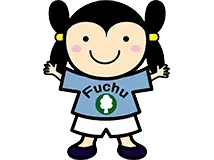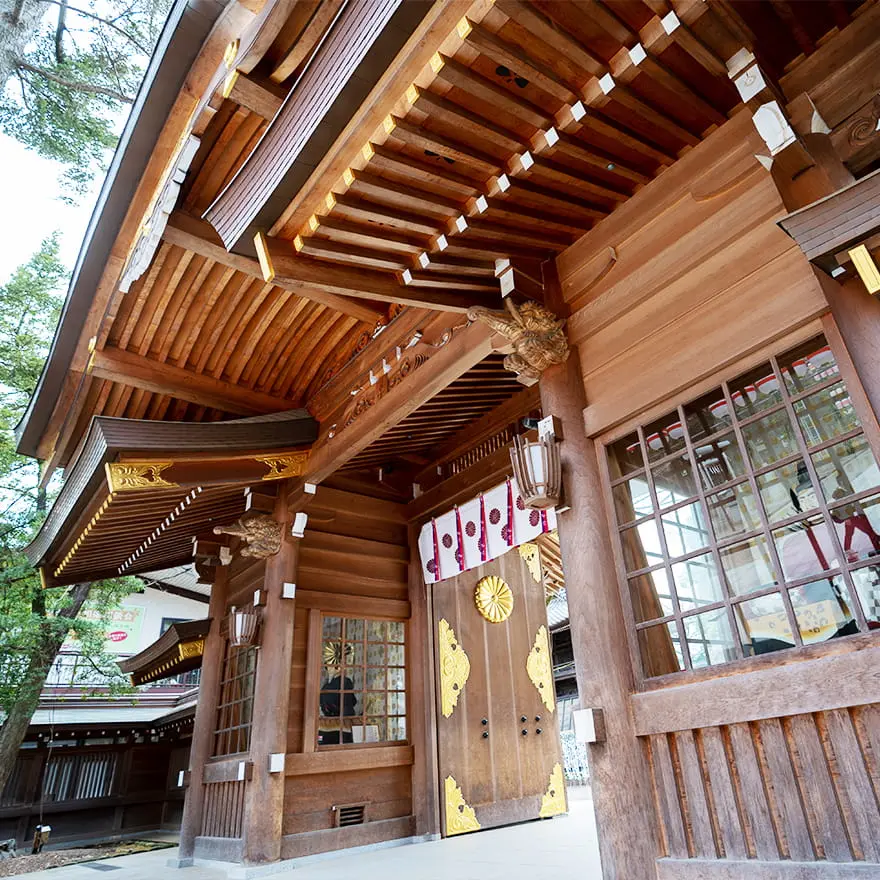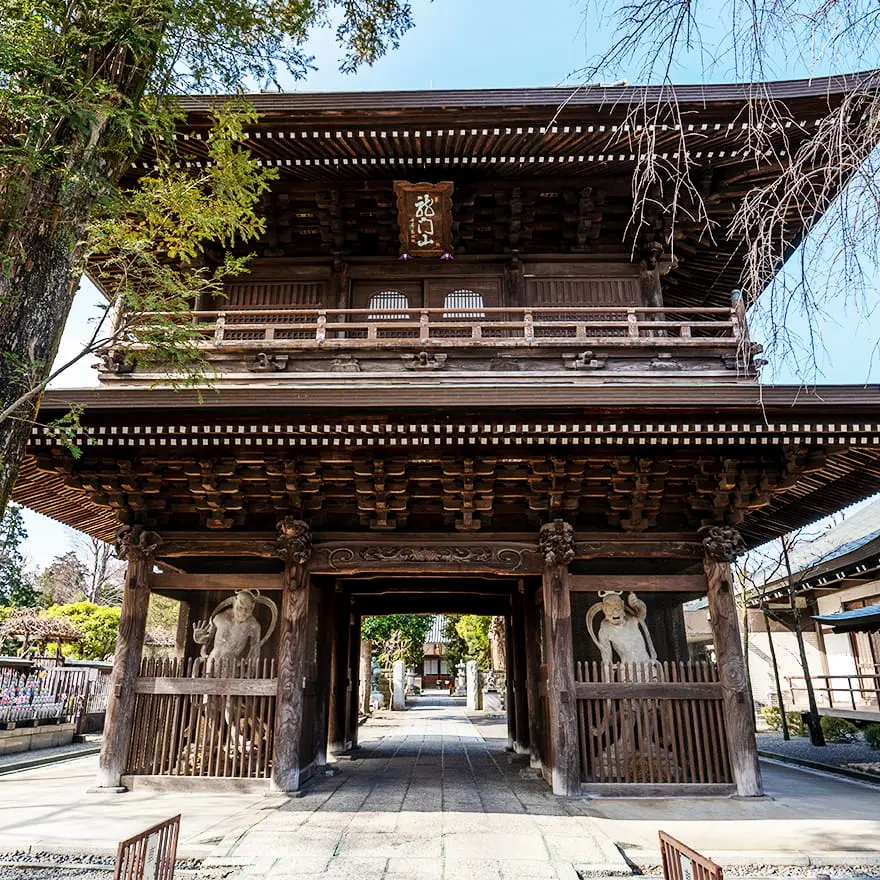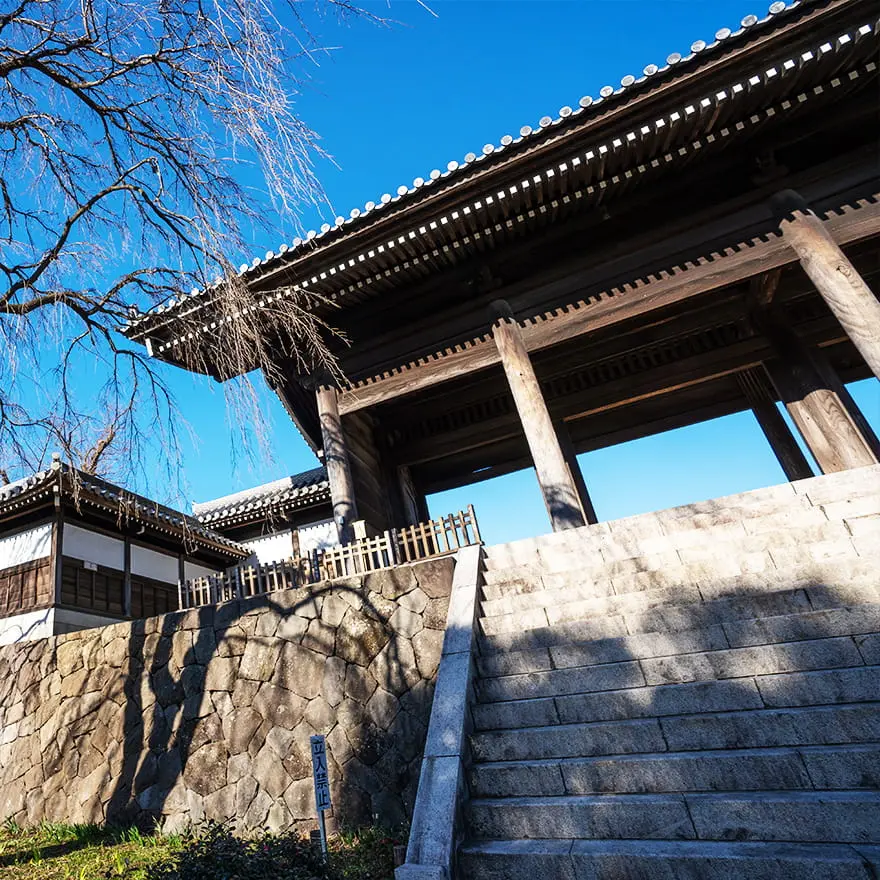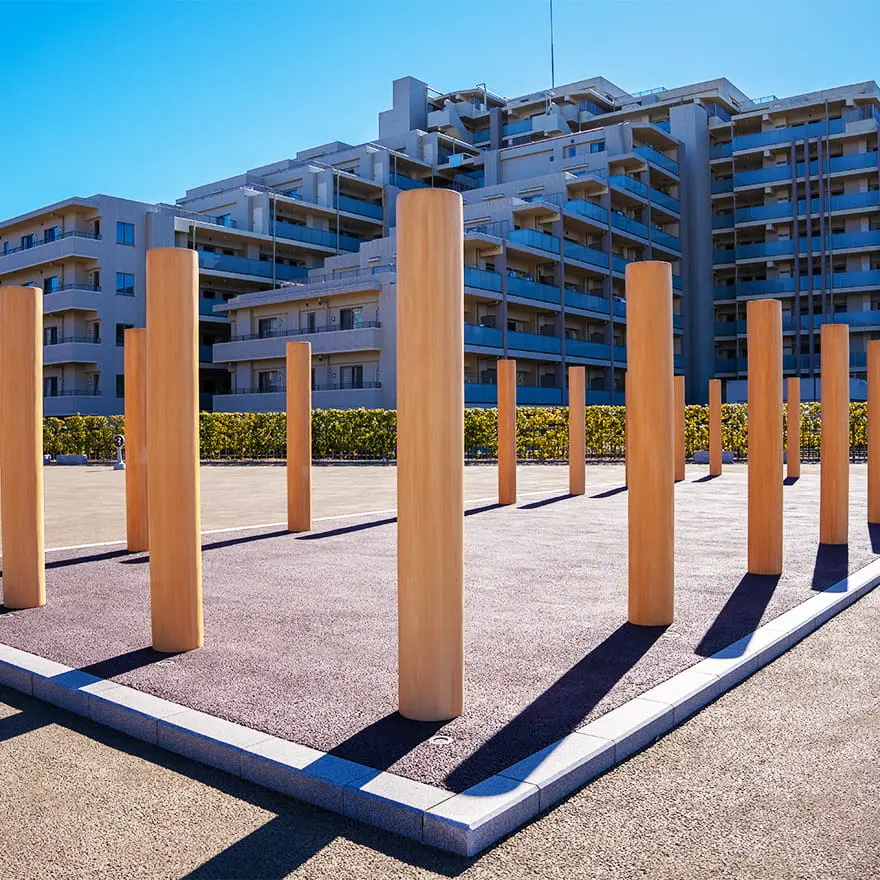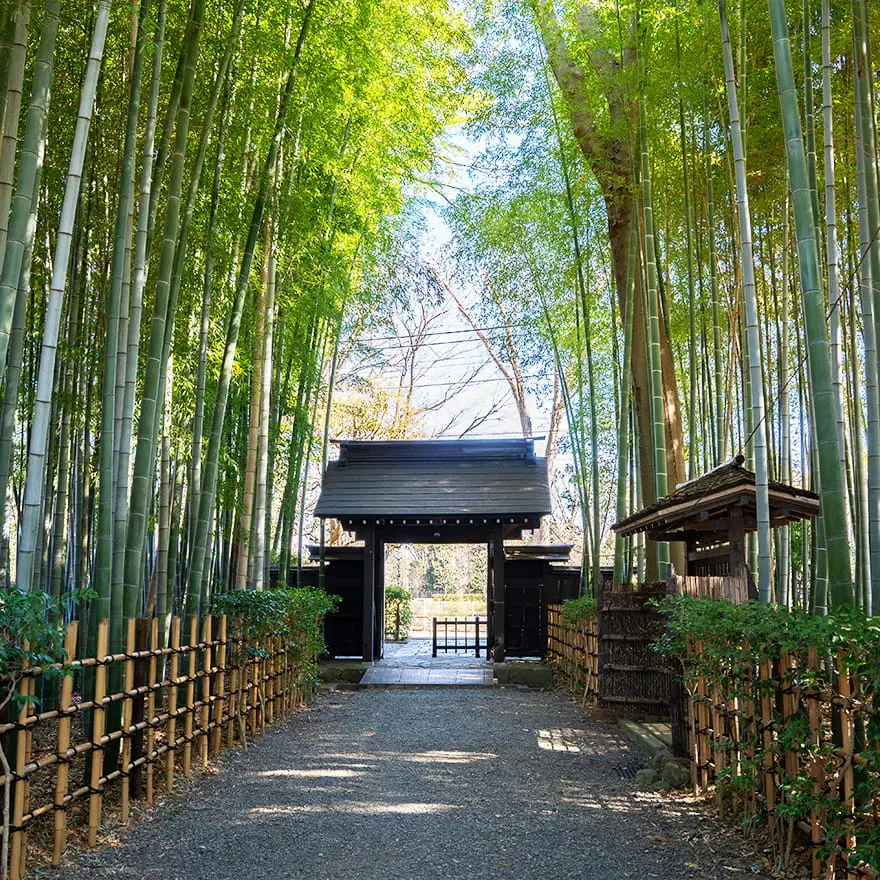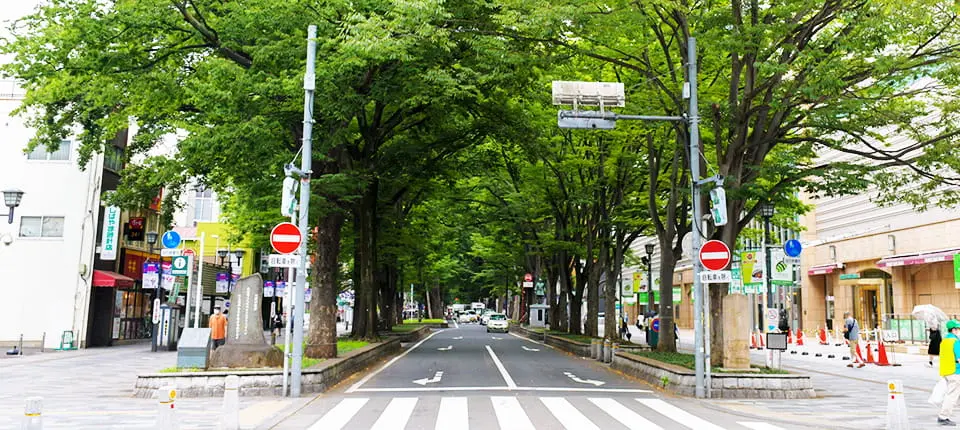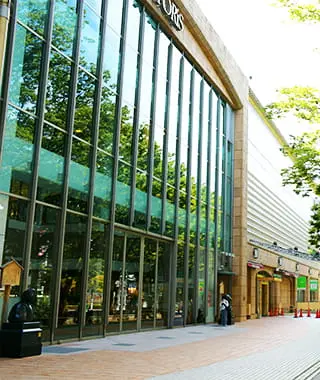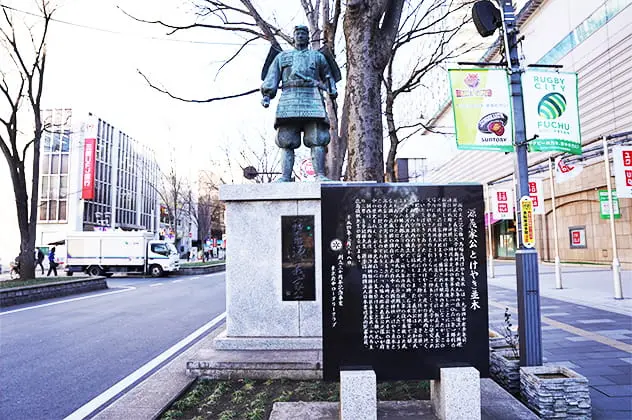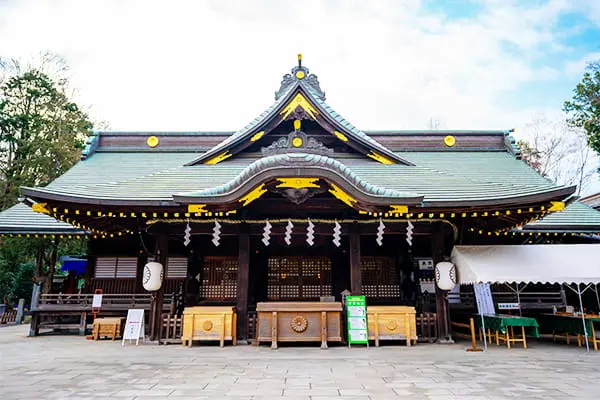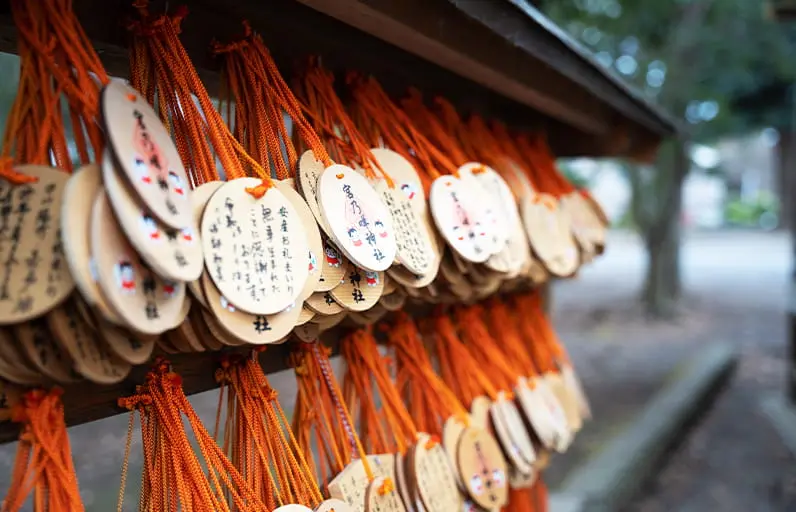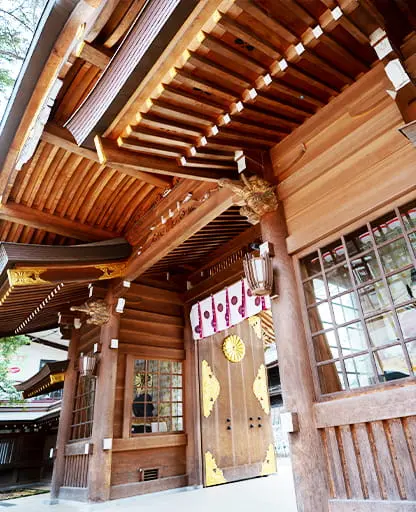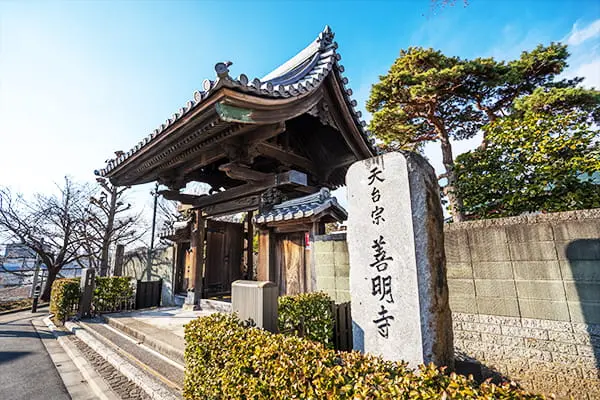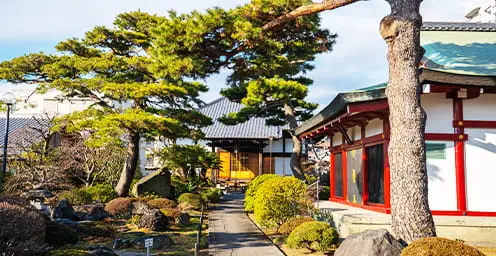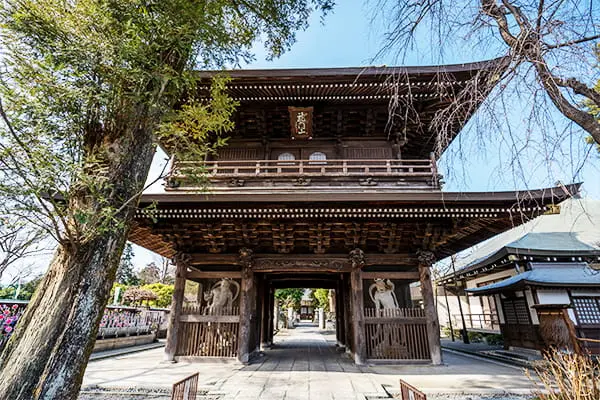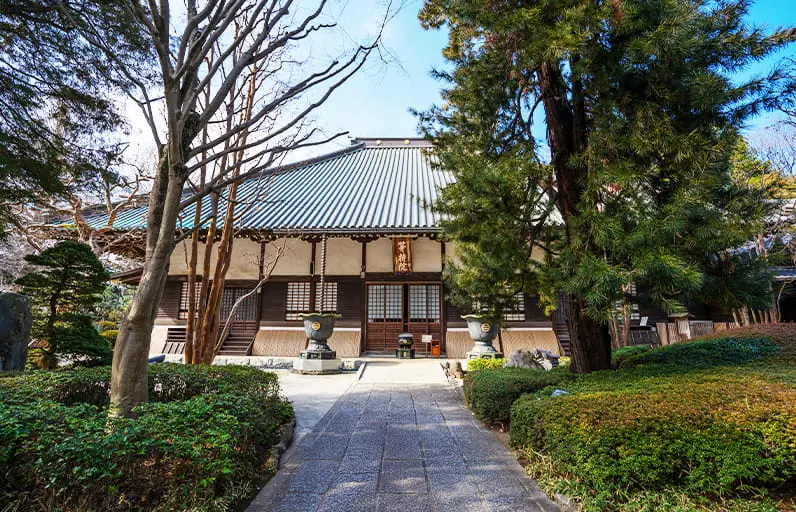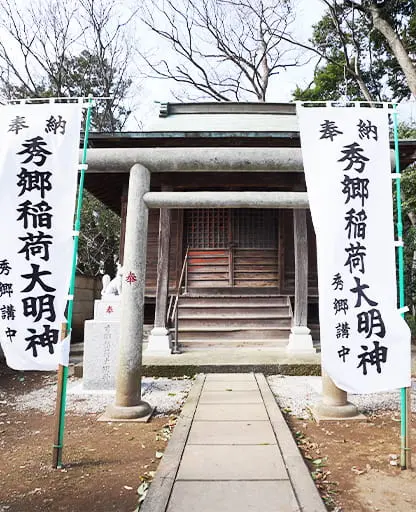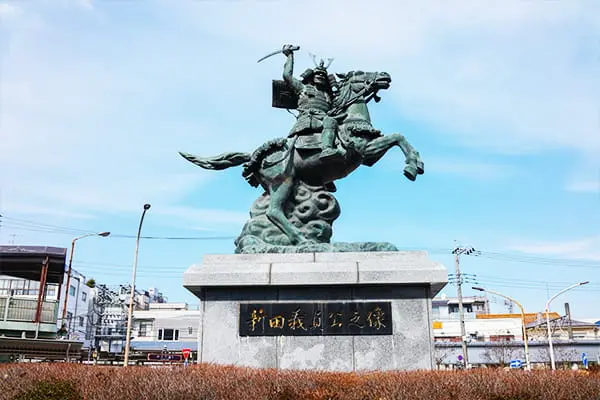

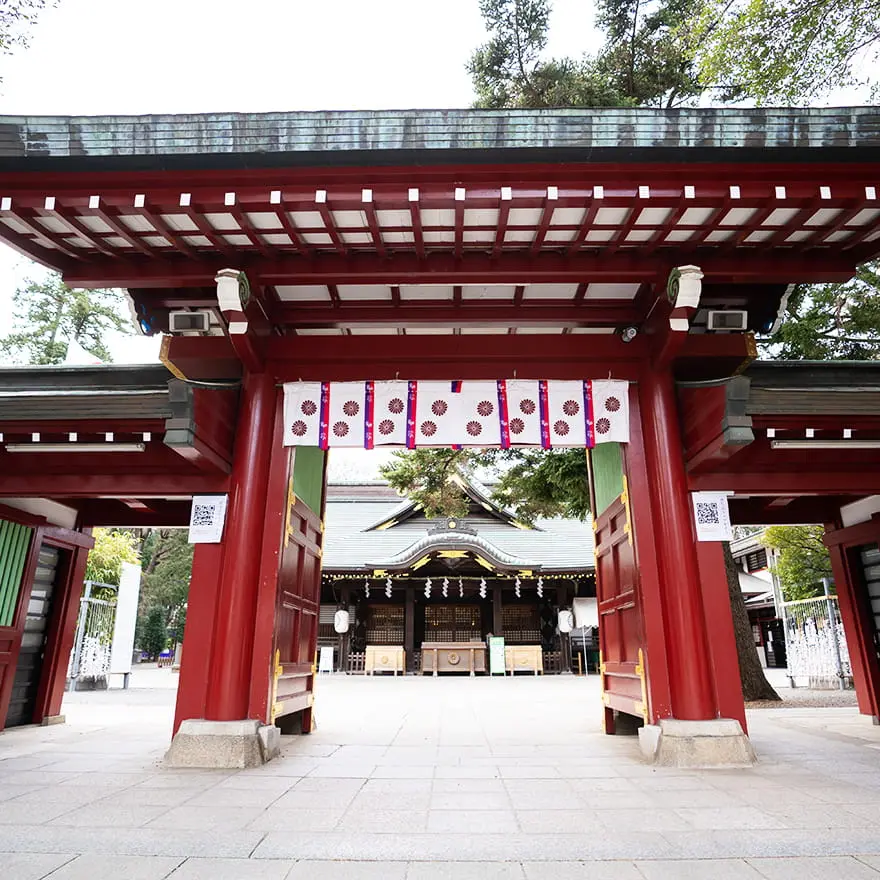
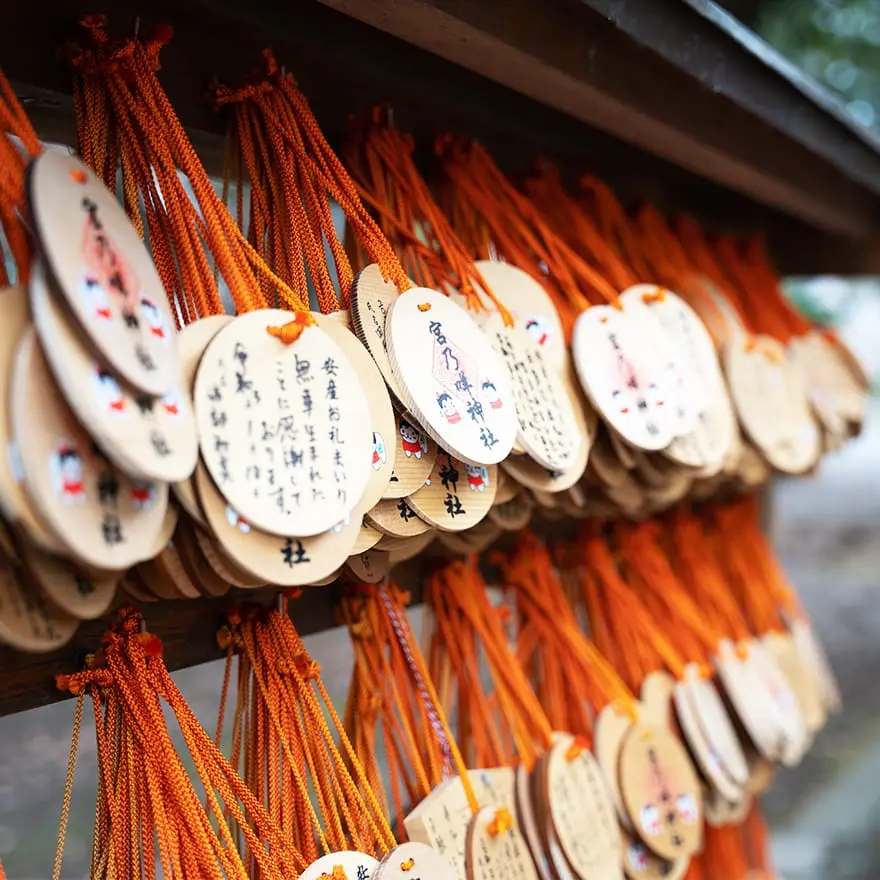
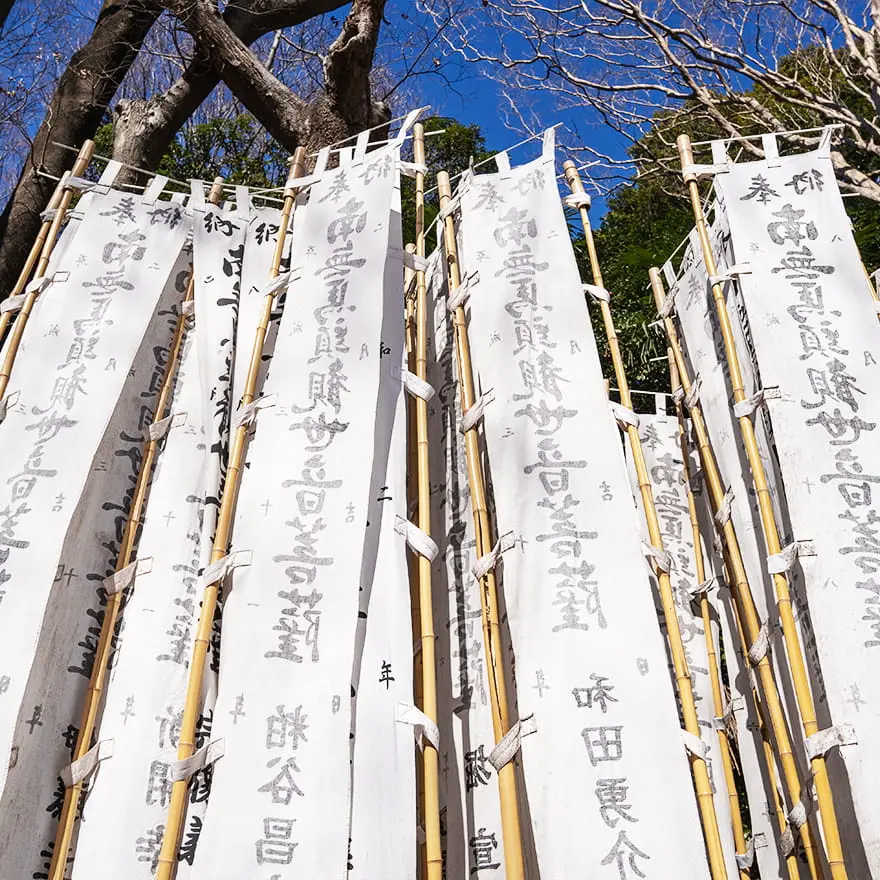
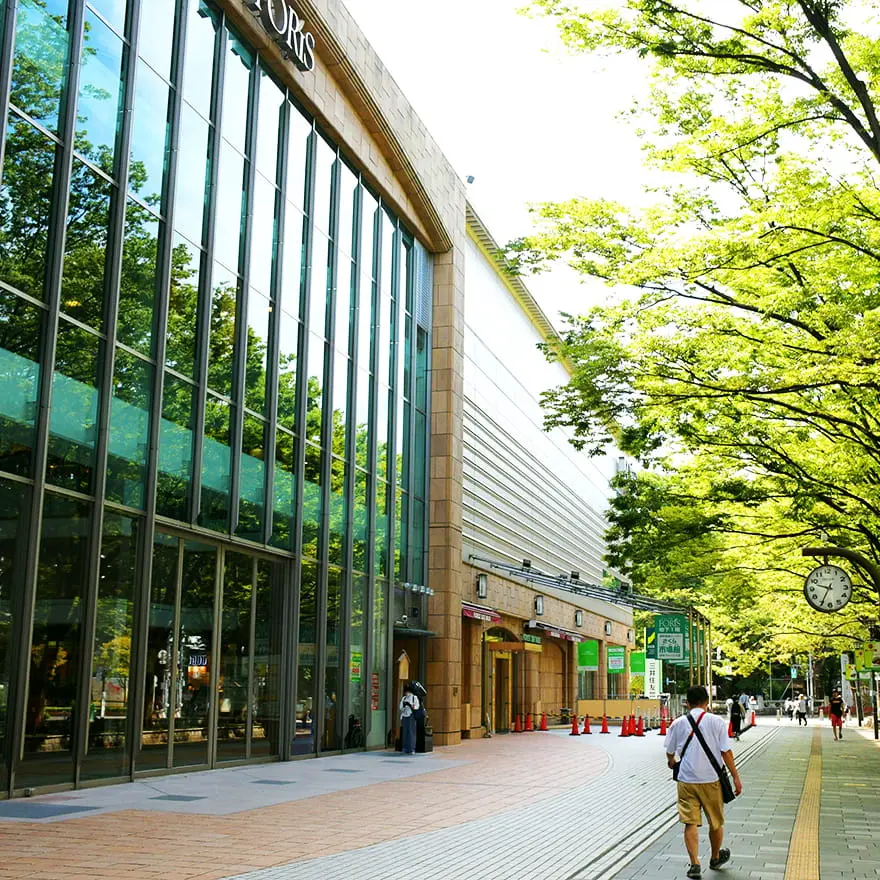
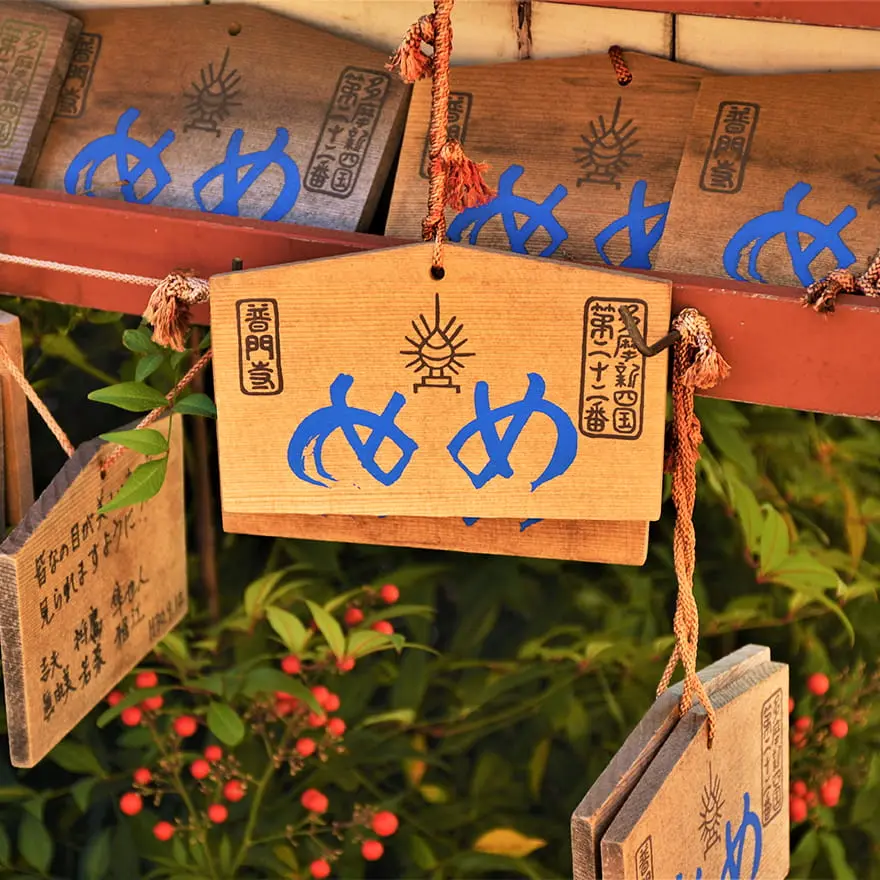
Fuchu – Best Hidden Secrets
-Journey via 12 Silhouette Cards-
This is the story of Anika, a woman set out to find the best and brightest across Fuchu City.
To start, make sure to check out the full video. Below is a detailed overview covering all the spots that appeared in the video.
There are 4 different courses, all of which are actually available as free mini-tours with a volunteer guide (please note all tours are currently only available in Japanese). Whether on a full tour or just visiting the spots that caught your eye, here’s a guide to help you make unforgettable memories on your trip to Fuchu.

Course AOkunitama-Jinja Shrine Route
(located just next to the big tori gate outside of Ookunitama-jinja Shrine).
Babadaimon no Keyaki Namiki
The Keyaki Namiki is an approximately 500-meter long avenue that's flanked on both sides with about 120 Zelkova trees. The avenue serves as a promenade that leads to Okunitama-jinja Shrine, and remains the sole National Natural Monument in Japan to be designated for its Zelkova trees. It has a few origins, including the story of samurai Minamoto no Yoriyoshi and his son in the late Heian Period, or early 11th century, who first prayed here before heading north to battle in Tohoku. After returning they donated saplings to this spot. In the spring, the lush greenery makes for a stunning sight.
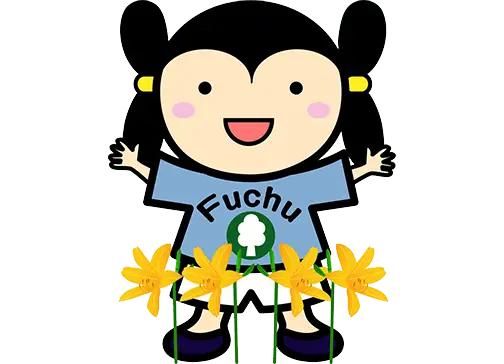

- Name in Japanese
- 馬場大門のケヤキ並木
- Postal Code
- 183-0023
- Address
- 2-2 Miyamachi to 2-9 Kotobukicho (until Sakura-dori), Fuchu City, Tokyo
- Admission
- Free
- Closed
- Open All Year
- Access
- 1 min. walk from Fuchu Station on the Keio Line.
Okunitama-jinja Shrine
Okunitamajinja is a historic shrine whose lineage dates back for over 1,900 years. Okunitama-no-Okami is enshrined here, worshipped as the guardian deity of Musashi Province, the old name for the area covering present day Tokyo, Saitama, and a part of Kanagawa. The grounds are also home to many sub shrines that have their own history and acclaim. This site is also home to the Treasure Hall, which houses the rare mikoshi shrines and oversized taiko drums that are paraded through the city during the the Kurayami “Darkness” Festival held in May.
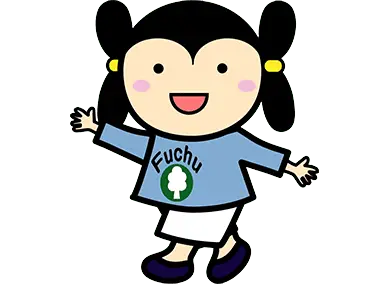

- Name in Japanese
- 大國魂神社
- Postal Code
- 183-0023
- Address
- 3-1 Miyamachi, Fuchu City, Tokyo
- Telephone
- 042-362-2130
- Admission
- Free (to view the treasure house: 200yen/adult and 200yen/students)
- Closed
- Open All Year
- Open Hours
- [April 1st - Sept. 14th] 6:00am-6:00pm
[Sept. 15th - March 31st] 6:30am- 5:00pm
※times may be subject to change
Hours for the Treasure House:
Saturday, Sunday, Holidays and Shrine Festival Days: 10:00am-4:00pm - Access
- (1) 5 min. walk from Fuchu Station on the Keio Line
(2) 5 min. walk from Fuchu-hommachi Station on the JR Musashino & Nambu Lines.
You see things via a 360-degree VR image.Please move it in the direction in which you want to look.
Zenmyo-ji Temple
This Temple belongs to the Tendai Sect and was founded in a year unknown. Here you'll find both the large and small "Seated Statue of Amida Nyorai", National Important Cultural Properties that were made by swordsmith Sukechika Fujiwara. This site is also home to a tranquil garden with sprawling views of manicured, seasonal flowers as they bloom across all four seasons.
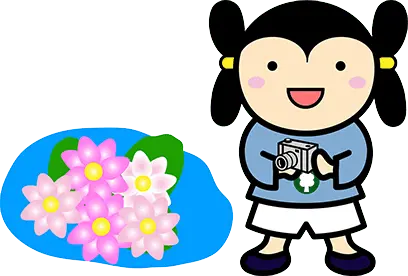

- Name in Japanese
- 善明寺
- Postal Code
- 183-0027
- Address
- 1-5-4 Honmachi, Fuchu City, Tokyo
- Telephone
- 042-364-2986
- Admission
- Free
- Access
- 3 min. walk from Fuchu-hommachi Station on the JR Musashino and Nambu Lines
Koan-ji Temple
The story of Koanji begins when Takauji Ashikaga, a 14th-century shogun, restored an older temple that once stood here. Takauji Ashikaga traveled across Japan, hoping to bring peace to his fellow men and country by building "Ankokuji", or "peace temples" everywhere he went. However, Koanji is the Ankokuji temple that he built specifically for the old-world Musashi Province that once stood here over present day Tokyo, Saitama and parts of Kanagawa Prefectures. At its front steps sits the grand, two-story front gate that was built in 1872. It’s flanked by two, stern-faced Nio guardians on either side.
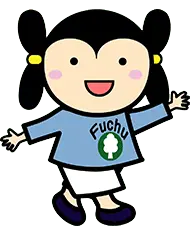
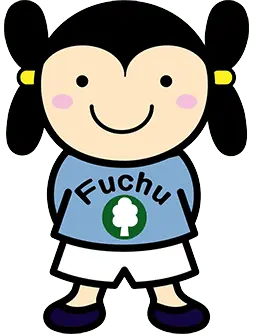

- Name in Japanese
- 髙安寺
- Postal Code
- 183-0021
- Address
- 2-4-1 Katamachii, Fuchu City, Tokyo
- Telephone
- 042-361-2229
- Admission
- Free
- Access
- 7 min walk from Bubaigawara Station on the Keio and JR Nambu Lines.
You see things via a 360-degree VR image.Please move it in the direction in which you want to look.
Statue of Nitta Yoshisada
Nitta Yoshisada is a Japanese warlord who's famous for his role in the downfall of the once invincible Kamakura shogunate. The Battle of Bubaigawara is a historic event that led to its downfall and took place here, at this spot in 1333. The bronze statue portrays the majestic image of Yoshisada on horseback, sword raised, and facing the direction of Kamakura.
